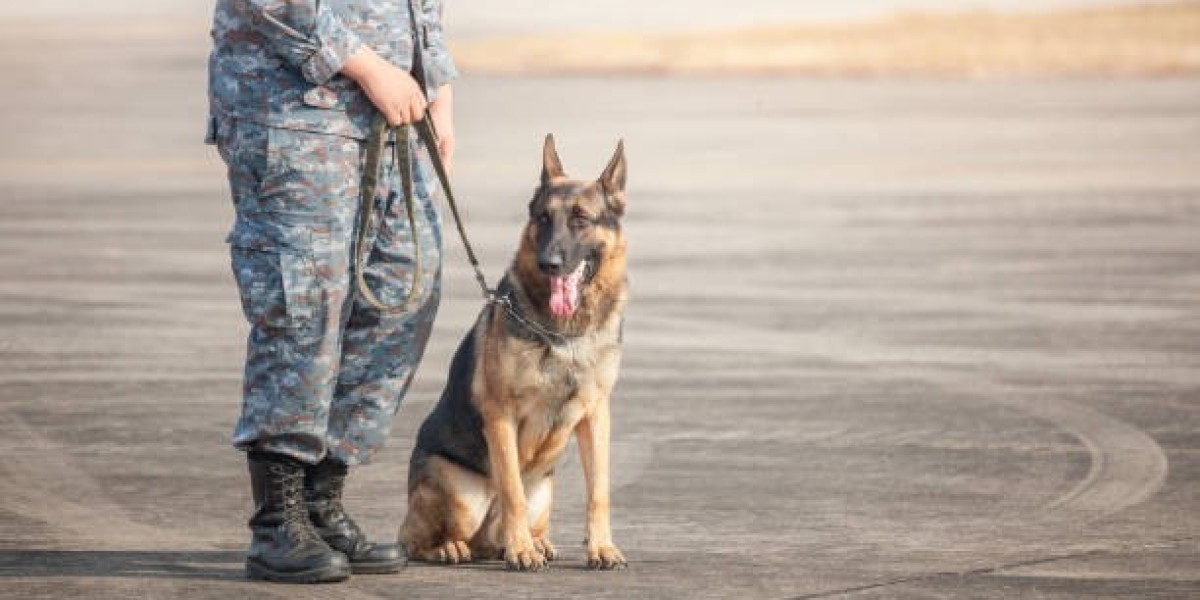Aggression in dogs can be intimidating and stressful for owners. From defensive growls to biting, these behaviors put relationships and safety at risk. Aggressive dog training provides strategies to reshape responses and guide dogs toward more stable and predictable behavior patterns.
Recognizing the Root of Aggression
Aggressive behavior is often a symptom, not the problem itself. Dogs may react aggressively due to fear, insecurity, pain, or past trauma. Identifying whether aggression is fear-based, territorial, or protective helps determine the right approach to training. Without understanding the root cause, attempts at correction may not succeed.
The Importance of Calm Leadership
Dogs often mirror the energy of their owners. If an owner reacts with frustration, aggression may escalate. Calm and consistent leadership creates stability. Setting firm boundaries, using steady commands, and avoiding panic helps reassure dogs that they don’t need to take control of situations.
Controlled Exposure to Triggers
One cornerstone of aggressive dog training is controlled exposure. Instead of avoiding triggers entirely, dogs are introduced to them gradually under safe conditions. If a dog reacts aggressively to strangers, training may start with observing strangers from a distance, rewarding calm behavior, and slowly decreasing the space over time.
Using Positive Associations
Teaching a dog to replace negative emotions with positive ones is powerful. When a dog associates triggers with rewards, they stop viewing them as threats. For example, giving treats every time a stranger passes by helps the dog connect people with positive outcomes instead of fear or hostility.
The Role of Consistent Structure
Consistency builds trust. Dogs thrive when they know what to expect. Feeding at the same time, following structured walks, and applying the same commands from all family members reduce confusion. With clear routines, aggression fueled by anxiety or frustration begins to fade.
Importance of Exercise and Mental Stimulation
Aggression often intensifies when dogs have pent-up energy. Daily exercise and mental enrichment, such as puzzle toys or training drills, release excess energy and reduce frustration. A tired, engaged dog is less likely to react aggressively.
Safe Management Practices
While training is ongoing, management tools keep everyone safe. Strong leashes, secure harnesses, and muzzles may be used when necessary. These tools don’t solve aggression but provide control during the learning phase, preventing dangerous incidents.
Working With Experts
Aggression cases can be challenging for owners alone. Professional trainers and behaviorists understand body language, trigger thresholds, and safe intervention strategies. Structured programs designed by experts not only help the dog but also educate the owner in proper handling techniques.
Long-Term Commitment
Aggressive dog training is a journey, not a quick fix. Progress requires repetition, patience, and reinforcement over time. Owners must be prepared to commit to the process and remain consistent even after improvements are seen.
Conclusion
Aggressive behavior can feel overwhelming, but it is not the end of the road. With structured aggressive dog training, dogs can learn calm, alternative responses that improve safety and trust. By focusing on root causes, practicing controlled exposure, and applying consistency, owners can guide their pets toward happier, more balanced lives.







